How to Recess A TV | 14 Pro Steps with Images
Articles, products, and services offered on this site are for informational purposes only. We are part of the Amazon Services LLC Associates Program, an affiliate advertising program. Amazon.com is compensated for sales resulting from links on our website.
Please review our disclaimer before acting based on anything you read or see.
Recessing a tv, or placing it in a wall cavity, is a popular and modern way to mount a television, but with the wiring and tools required, many homeowners need more time to do the task. Installing a television in your home is an exciting step, but it can be daunting for those who need the right knowledge or expertise. Let’s learn how to recess a TV.
However, recessing a television can be a straightforward and rewarding project:
- Gather the necessary tools and materials
- Select a suitable location for the television
- Measure the TV and the wall
- Make sure the wall is strong enough to support the weight of the TV
- Calculate what size of the box you need
- Mark the area to be recessed
- Cut the drywall to the correct size
- Install the frame and secure it
- Connect the electrical wiring.
- Install the TV in the frame
- Apply caulk and paint to the frame
- Connect the TV to power, cables, and other accessories
- Test the TV to ensure it is working correctly
- Test the TV and enjoy!
This Home Affluence post will provide a comprehensive guide on recessing a television, from the tools to the steps needed to complete the project. With this guide, you will have all the information you need to recess your TV confidently.
How To Recess A TV
1. Gather the necessary tools and materials
Before beginning to recess a TV, it is important to ensure that you have all the necessary tools and materials.
You will need a drill, screws and anchors, a stud finder, a level, and a tape measure.
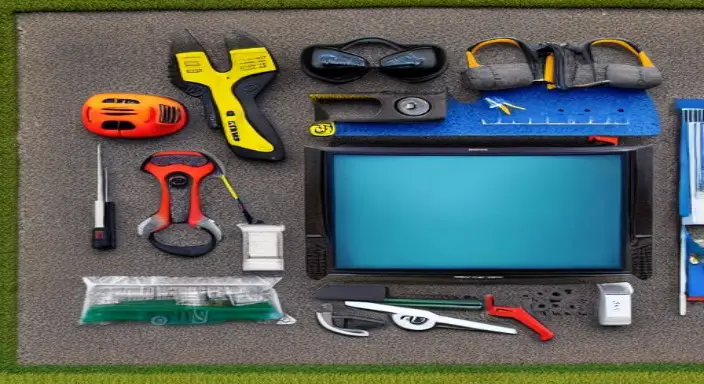
Additionally, you will need a jigsaw or similar cutting tool, depending on the type of material that your wall is made from.
Finally, you will need the mounting kit specific to the type of TV you are installing.
Having all these tools and materials at your disposal will make the process much smoother and enable you to complete the job easily.
2. Select a suitable location for the television
Choosing a suitable location for recessing your television is important in achieving a successful installation.
Consider the wall space you have available, any obstacles that may make recessing your TV difficult, and the size of the wall recess you create.
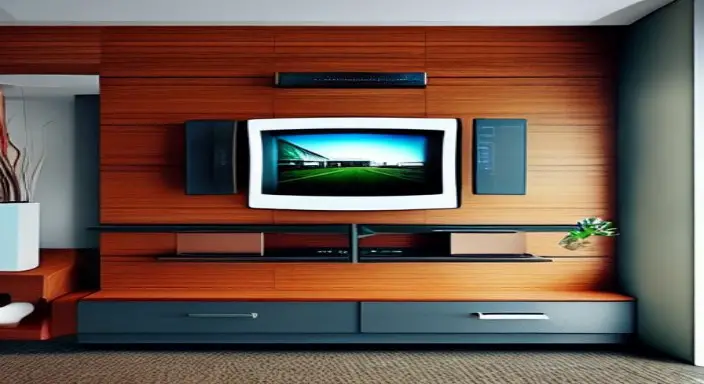
Also, consider the viewing angle from the seating area, the available electrical outlets, and the amount of light in the area.
Once you have considered all these considerations, you should be able to select an appropriate location for recessing your TV.
3. Measure the TV and the wall
The third step in recessing a TV is to measure the TV and the wall. Taking precise measurements is essential to ensuring an accurate fit and avoiding a gap between the TV and the wall.
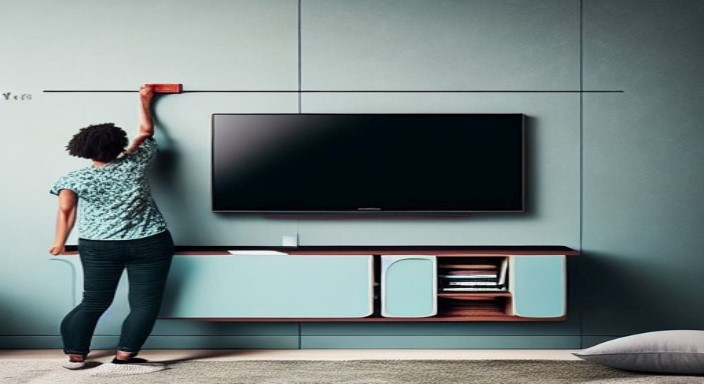
Consider the television’s height, width, depth, and wall space available. Measuring the TV and the wall will also help determine the correct mounting bracket size needed. Once measurements are taken, it is important to double-check them for accuracy.
4. Make sure the wall is strong enough to support the weight of the TV
The fourth step in recessing a TV is to ensure the wall is strong enough to support the TV’s weight. It would help if you used a stud finder to locate the wall studs, then used a drill or an electric screwdriver to mount the mounting bracket onto them.

Check whether the wall studs are strong enough to support the TV’s weight. If the wall studs are not strong enough, you can use an additional mounting bracket or a wall anchor. Properly securing the TV to the wall is essential for safety and stability.
5. Calculate what size of the box you need
Before starting the installation process for recessing a TV, you must calculate what size box you need. Begin by measuring the TV’s overall width, height, and depth.
The box must be large enough to accommodate the TV while also having enough space to fit the cables and other hardware.
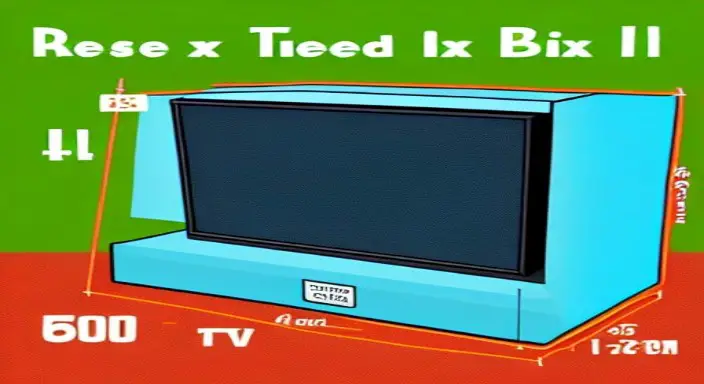
Consulting the product manual or manufacturer’s website for exact measurements may make this process easier.
Once you have all the measurements, add two inches to each dimension to provide extra space for the cables and other components.
It will ensure the box is large enough to accommodate the TV and all its components.
6. Mark the area to be recessed
Once you have completed the necessary measurements and cutouts, it is time to mark the area for recess.
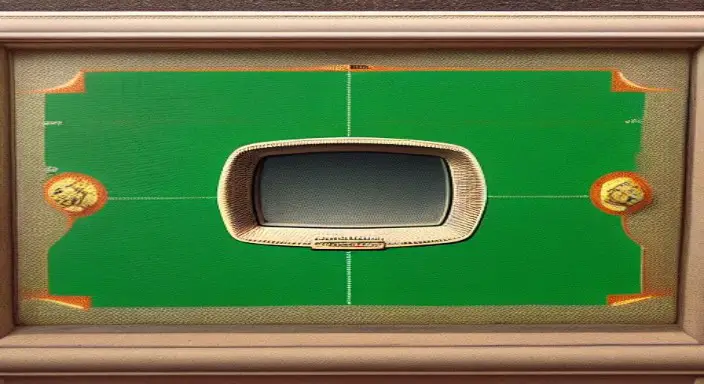
This step is critical and requires the utmost attention to detail – incorrect markings will lead to improper fitment. To mark the area for recess:
- Use a pencil to draw a square at least 1/2 inch larger than the TV’s outer dimensions.
- Ensure the square’s location is centered with the studs that will use to mount the TV.
- Once the square is marked, use a stud finder to ensure no electrical wiring or plumbing is in the area.
7. Cut the drywall to the correct size
Once the wall has been cut out, it’s time to cut the drywall to the correct size. Measure the size of the wall opening and transfer the measurements to the drywall. Use a utility knife to score the drywall before cutting.
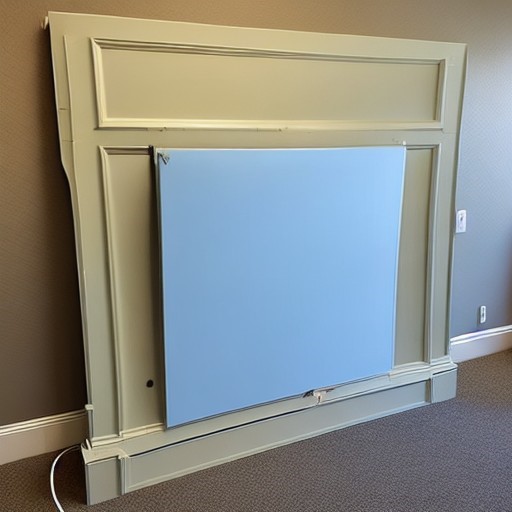
After cutting the drywall, use a drywall saw to trim any excess and ensure the edges are straight and smooth. Once the drywall is cut to size, place it in the wall opening and secure it with drywall screws.
8. Install the frame and secure it
Once you have determined that you have the necessary tools, supplies, and a suitable space, you must install the frame and secure it to the wall.

Begin by positioning the frame in the desired spot, using the markings from the previous step as a guide. Use the provided fasteners to secure the frame to the wall.
Use appropriate spacing to ensure a secure fit and to prevent the frame from becoming loose over time. Finally, check all fasteners for tightness and ensure the frame is level.
9. Connect the electrical wiring
Before connecting the electrical wiring, be sure to check that the cables are in good condition and are compatible with the TV. Attach the electrical cables from the wall outlet to the TV’s power cord to connect the wiring.

Then, plug the power cord into a surge protector and the surge protector into the wall socket.
Once the power is on, please turn on the TV to ensure it works properly.
10. Install the TV in the frame
The last step in recessing your TV is to install it in the frame. Carefully place the tv in the frame and ensure it’s properly aligned. Ensure the frame is secure, and check all the screws and bolts to ensure everything is fastened tightly.

Once the TV is in place, make sure you check to make sure the TV is level. It will be important to adjust the frame if necessary to ensure the TV is properly aligned and at the right height. After everything is secured, you can now enjoy your new recessed TV!
11. Apply caulk and paint to the frame
Applying caulk and paint to the frame to recess a TV is important to ensure the finished product looks professional. Before beginning, it is important to prep the area by removing any existing caulk and paint.
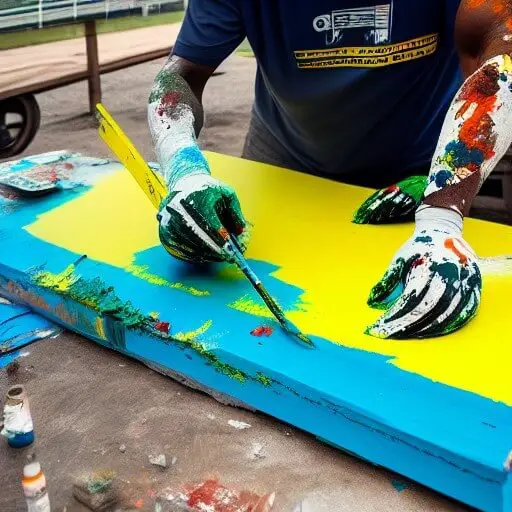
Once the area is clean, apply high-quality caulk to the corners and seams and use a putty knife to smooth it out. After the caulk has dried, apply a fresh coat of paint in the desired color.
If needed, add a second coat for an even finish. After the paint has dried, the frame is ready to mount the TV.
This step-by-step process will ensure a professional finish lasting for years.
12. Connect the TV to power, cables, and other accessories
Connecting a television to power, cables, and other accessories can seem daunting, but it can be simple with the right tools and knowledge.
To recess a TV, begin by locating the wall studs and marking the outline of the TV onto the wall where it needs to be recessed.

After that, you must cut out the drywall and make any necessary framing or wiring adjustments.
Finally, mount the TV bracket and secure the TV to the wall with the appropriate screws.
Once the TV is secured, attach the power and video cables to the back of the TV.
Once the television is connected to power, you can attach any other accessories, such as a soundbar or other audio components.
With a few simple steps, you can recess a TV and enjoy your home entertainment setup.
13. Test the TV to ensure it is working correctly
Before installing a new television, testing it to ensure it is working is essential. First, unpack the television from the box and all its components. Check the power and HDMI cables to ensure they are in good condition.
Connect the power cable to the wall outlet and turn the television on. Once the television is on, check the screen for any visual defects or other issues.

You can also test the sound quality and volume by watching a movie or television show.
Finally, check the input ports on the back of the television to ensure they are working correctly.
Following these steps will ensure the television works properly and any issues can address before installation.
14. Test the TV and enjoy!
Testing a television is an important step in the purchasing process. There are several components to consider when conducting a thorough review:
- Check the physical condition of the TV for any signs of damage, such as scratches or cracks.
- Please familiarize yourself with the TV’s settings and features to ensure they meet your needs. After that, test the TV and sound quality by turning it on, adjusting the volume, and watching different content.
- Ensure all the ports, functions, and remote-control work properly.
Once you have completed all these steps, you can be confident that the TV will provide you with the best viewing experience possible. Enjoy your new TV!
Expert Opinion
Recessing a TV may seem daunting, but it can do it easily and safely with the right tools and steps.
Whether creating a home theatre or looking for a modern look, recessing a TV can make any living room or bedroom look sleek and stylish.
By following the steps above, you can do it yourself and give your space the upgrade it deserves.
Installing a recessed TV is a great way to save space and create a sleek, modern look in any room.
With the right tools and materials, recessing a TV is easy.
Just be sure to always carefully measure twice, safely disconnect the TV and its cables, and pay attention to the type of wall you’re working with.
Following these steps will ensure a successful, long-lasting recessed TV installation.



Comments are closed.